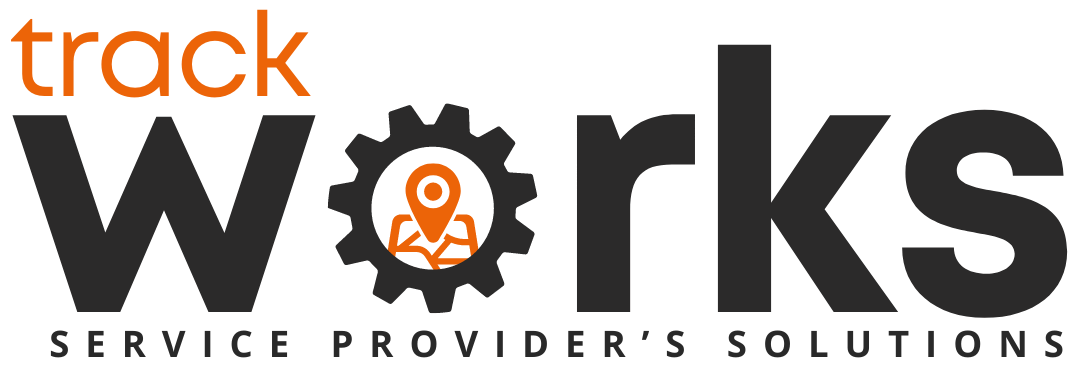Field Service Technology Trends to Watch in 2025
The field service landscape is evolving faster than ever. As organizations seek to improve efficiency, customer satisfaction, and profitability, technology has emerged as the most critical driver of change. In 2025, field service teams will need to adopt innovative tools, integrate smarter workflows, and leverage predictive insights to remain competitive. This blog explores key technology trends that will shape field service operations next year, helping leaders prepare strategically for operational growth and success.
1. Predictive Maintenance Powered by AI
Why it matters:
Predictive maintenance uses data and artificial intelligence to anticipate equipment failures before they occur. This minimizes unplanned downtime, reduces emergency service calls, and ensures operational continuity.
How to implement:
- Collect historical performance and sensor data from equipment.
- Use predictive analytics software to identify patterns indicating potential failures.
- Schedule maintenance proactively based on predicted needs, not reactive requests.
Practical tip: Implement AI-driven alerts and workflows to prioritize preventive tasks automatically, improving first-time fix rates and customer satisfaction.
2. Advanced Mobile Workforce Tools
Why it matters:
Mobile technology has transformed field operations. Technicians now rely on real-time data to perform tasks efficiently, communicate with the office, and resolve issues on-site.
How to implement:
- Equip teams with mobile FSM apps that provide offline access, job history, and equipment data.
- Enable real-time updates to dashboards and work orders.
- Integrate mobile tools with inventory and parts management to ensure readiness.
Practical tip: Focus on usability and simplicity — a clean, intuitive interface reduces errors and increases adoption across the team.
3. Integration Across Systems
Why it matters:
FSM operations no longer exist in isolation. Integration with ERP, CRM, and accounting platforms ensures accurate data flow, reduces duplication, and supports informed decision-making.
How to implement:
- Identify core systems that must exchange data.
- Implement APIs or middleware to maintain seamless communication.
- Use dashboards to consolidate insights from multiple systems.
Practical tip: Start with high-impact integrations, such as scheduling, billing, and customer records, then expand to additional platforms over time.
4. Automation in Scheduling and Dispatch
Why it matters:
Automation reduces manual errors, increases efficiency, and enables teams to focus on high-value activities rather than repetitive tasks.
How to implement:
- Use AI-based scheduling tools to assign technicians based on skill, location, and availability.
- Automate notifications for appointments, delays, and confirmations.
- Monitor performance metrics to adjust algorithms for optimal efficiency.
Practical tip: Ensure that automation complements human decision-making rather than replacing it entirely — the best outcomes occur when technology enhances team expertise.
5. Enhanced Customer Experience Tools
Why it matters:
Customer expectations continue to rise. FSM organizations need technology that not only delivers efficient service but also provides transparency and proactive communication.
How to implement:
- Implement platforms that track service progress and notify customers automatically.
- Provide portals or apps where clients can view real-time updates.
- Collect customer feedback immediately after service to capture sentiment accurately.
Practical tip: Combine data from service performance, communication, and customer feedback to continuously improve service delivery.
6. IoT and Connected Devices
Why it matters:
The Internet of Things (IoT) allows field service teams to monitor equipment remotely, predict maintenance needs, and respond faster.
How to implement:
- Equip key customer assets with sensors to provide continuous performance monitoring.
- Integrate IoT data with FSM systems to create alerts and automated work orders.
- Analyze trends to optimize resource allocation and reduce emergency calls.
Practical tip: Start with mission-critical devices and expand IoT integration gradually to ensure scalability and ROI.
7. Data-Driven Decision Making
Why it matters:
Data is the foundation of operational excellence. Leveraging analytics allows FSM teams to identify trends, optimize workflows, and make informed strategic decisions.
How to implement:
- Track key performance metrics such as job completion, travel time, and technician productivity.
- Use dashboards and predictive analytics to anticipate resource needs and workload fluctuations.
- Share insights across leadership and field teams to improve collaboration.
Practical tip: Ensure that KPIs are actionable and aligned with strategic objectives rather than focusing solely on reporting.
Conclusion
The field service industry in 2025 will be defined by technology-driven efficiency, predictive insights, and customer-centric service. Predictive maintenance, advanced mobile tools, system integration, automation, IoT, and data-driven decision-making are no longer optional — they are essential for operational success. Organizations that adopt these trends strategically will be better positioned to increase efficiency, reduce costs, and delight customers in the year ahead.




No responses yet